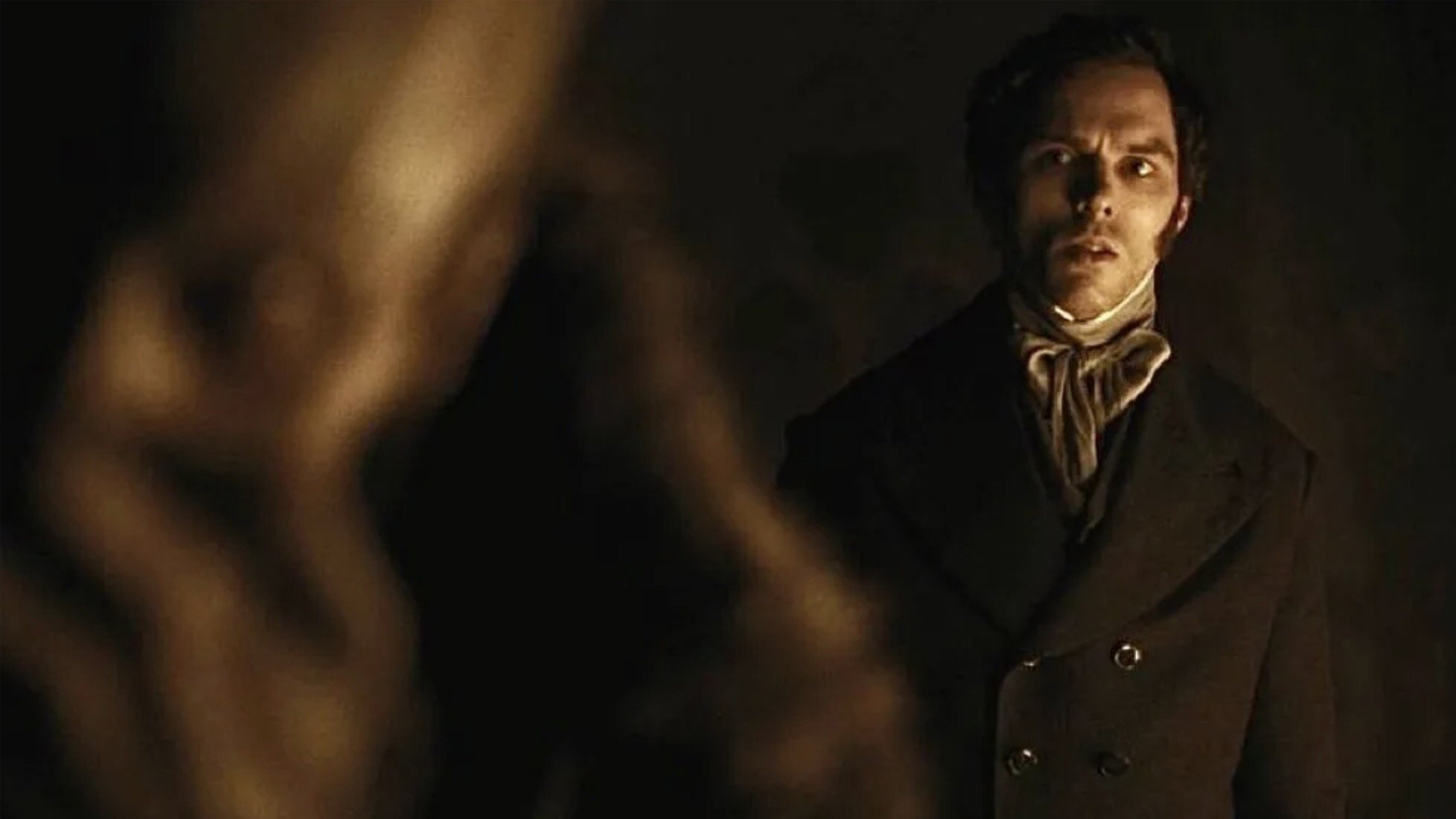
As a seasoned connoisseur of all things chilling and spine-tingling, I must say that the upcoming remake of F.W. Murnau’s seminal horror masterpiece, Nosferatu: A Symphony of Horror, has me positively thrilled to my marrow. With Robert Eggers at the helm, this reimagining promises to be a feast for the eyes and a treat for the senses.
In the early days of horror films, movies such as Dracula, The Mummy, and The Invisible Man chose simple titles by using the name of the central monster in their stories. However, before Universal Pictures introduced their collection of classic monsters, German director F.W. Murnau presented audiences with Nosferatu: A Symphony of Horror, a film that will soon receive a fresh remake from Robert Eggers. Although the 1922 version of Nosferatu is an influential piece of pop culture, it’s not widely known that the vampire’s real name isn’t actually Nosferatu. Instead, Max Schreck portrayed the eerie Count Orlok in the original film, with Bill Skarsgård assuming the role for the upcoming remake, which is set to premiere on December 25th.
The movie titled “Nosferatu” was inspired by Bram Stoker’s novel “Dracula”, but since it wasn’t an officially sanctioned adaptation, some aspects were altered to prevent potential legal issues. One such alteration was renaming the vampire character from “Count Dracula” to “Count Orlok”. Unlike Count Dracula, who is human-like and uses charm to ensnare his victims, Count Orlok appears as a frightful monster instead.
Although the character in the movie “Nosferatu” isn’t named Nosferatu or Dracula, the title is derived from the story. The term “nosferatu” appeared as early as the mid-19th century and was often used interchangeably with vampire. In some instances, it also meant the undead. Other interpretations of the word include “the intolerable one,” “the detestable one,” or “the filthy one” or “carrier of disease.
The 1922 film “Nosferatu” appears to be more influenced by themes of impurity or epidemics, as these concepts directly relate to the movie’s plot. In contrast to Dracula, who turned victims into vampires, Count Orlok from “Nosferatu” kills his victims. The townspeople in “Nosferatu” attribute these deaths to the rats that came with the Count, believing they carried the plague that caused the fatalities, rather than Orlok himself. This interpretation suggests that the writers of “Nosferatu,” Henrik Galeen and Murnau, may have been motivated by the original meaning of the word, which implied a link to disease, as opposed to other interpretations.
In the world of horror, there’s ongoing debate among fans about whether Mary Shelley’s undead creation should be referred to as “Frankenstein” or “Frankenstein’s Monster.” On the other hand, the original and upcoming versions of Nosferatu are undeniably known as Count Orlok. However, director Werner Herzog added to the confusion in his 1979 film, Nosferatu the Vampyre, by naming his main character “Count Dracula.
Nosferatu lands in theaters on December 25th.
Read More
- Gold Rate Forecast
- PI PREDICTION. PI cryptocurrency
- Rick and Morty Season 8: Release Date SHOCK!
- Discover the New Psion Subclasses in D&D’s Latest Unearthed Arcana!
- Linkin Park Albums in Order: Full Tracklists and Secrets Revealed
- Masters Toronto 2025: Everything You Need to Know
- We Loved Both of These Classic Sci-Fi Films (But They’re Pretty Much the Same Movie)
- Mission: Impossible 8 Reveals Shocking Truth But Leaves Fans with Unanswered Questions!
- SteelSeries reveals new Arctis Nova 3 Wireless headset series for Xbox, PlayStation, Nintendo Switch, and PC
- Discover Ryan Gosling & Emma Stone’s Hidden Movie Trilogy You Never Knew About!
2024-12-18 02:40